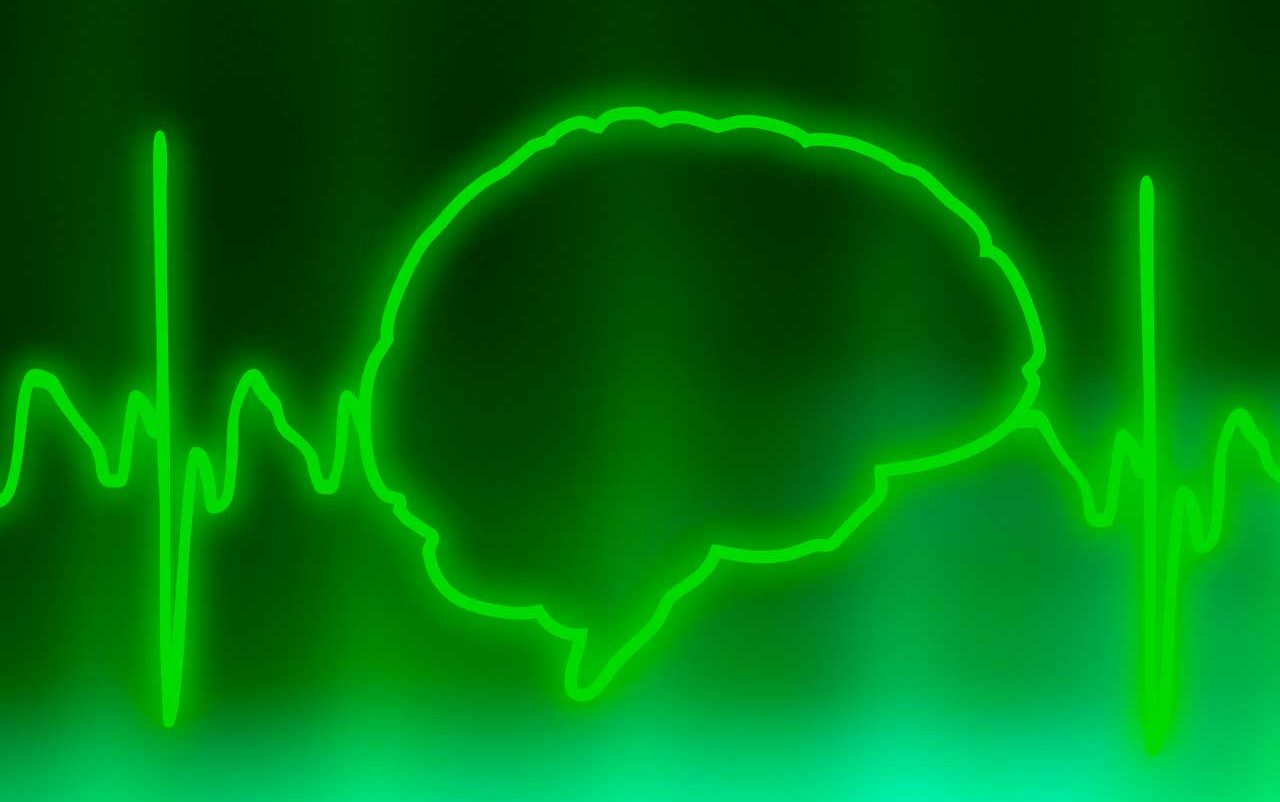ALS
How Is ALS Diagnosed? — Page 3

What tests are used to make an amyotrophic lateral sclerosis diagnosis?
No one test can definitively diagnose ALS. Finding out whether you have the disease is a matter of ruling out other conditions with similar symptoms.
Here are some of the tests your doctor might use to diagnose ALS (keep in mind, if ALS runs in your family, your doctor will perform genetic tests, too):
- Electromyography (EMG). Motor neurons send out electrical signals to make muscles contract. In ALS, damage to motor neurons prevents them from sending out those signals. An EMG can determine if the muscles, and the motor neurons that control them, are healthy.
- Nerve conduction study (NCS). This test uses electrodes attached to your skin to measure how quickly electrical impulses move through a muscle. It often occurs at the same time as EMG.
- Blood and urine tests. These tests can help diagnose other conditions that have similar symptoms as ALS, such as thyroid disease, HIV, hepatitis, vitamin deficiencies, and autoimmune diseases. The doctor might also test your urine for the presence of heavy metals.
- Spinal tap. During this test, the doctor inserts a needle into your spine to remove a sample of your cerebrospinal fluid. The fluid is then tested in a laboratory to look for abnormal cells.
- Magnetic resonance imaging (MRI). This test uses powerful magnets and radio waves to produce detailed pictures of your brain and spinal cord. It can find tumors, herniated disks, strokes, and other problems that may be causing your symptoms.
- Muscle biopsy. The doctor removes a small piece of your muscle and sends it to a lab for analysis. A biopsy can show whether your symptoms are due to a muscle problem.
<< Previous Next: Searching for better diagnostic tools >>
Updated:
April 07, 2023
Reviewed By:
Christopher Nystuen, MD, MBA